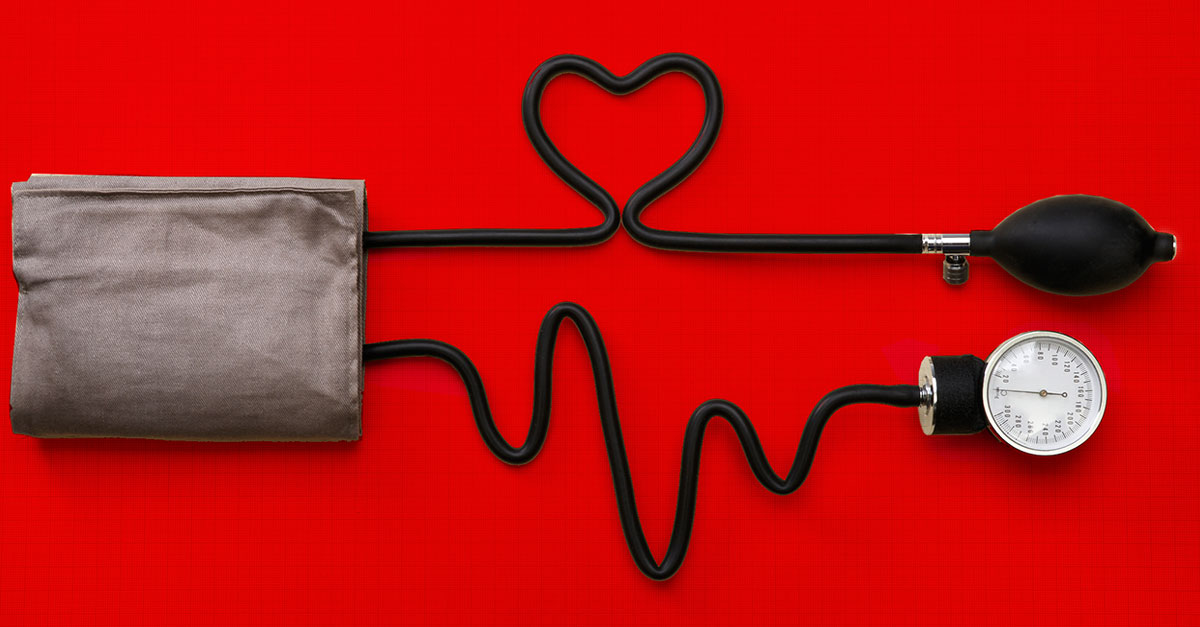It was recently announced that roughly 30 million more Americans than previously thought are now considered to have high blood pressure (hypertension), a leading risk factor for stroke, heart attack, kidney disease and dementia. What was behind this widely publicized proclamation?
In November 2017, new guidelines—the first in 14 years—for diagnosing and treating hypertension were issued. Rather than 140/90 being the threshold, hypertension now is defined as 130/80 or greater.
Stunning statistics: Under these new guidelines, an estimated 103 million Americans are said to have hypertension—including four out of five people age 65 or older.
What this means for you: While the potential benefits of achieving the lower blood pressure target have been the focus of most media coverage, it’s important to recognize that there can be unintended consequences when striving for such goals.
Here are suggestions from hypertension specialist Dr. Samuel J. Mann of the renowned Weill Cornell Medicine Hypertension Center on how to benefit from the new guidelines—and avoid harm…
A CLOSER LOOK AT THE STATISTICS
A driving force behind the new guidelines was a research study called SPRINT (Systolic Blood Pressure Intervention Trial), which was published in 2015 and involved more than 9,000 people.
Key finding: Participants whose treatment goal was a systolic pressure (top number)* of less than 120 had a reduction of approximately 25% in “cardiovascular events” such as strokes, heart attacks and heart failure, compared with participants treated with the traditional goal of less than 140. The death rate was about 27% lower.
Even though the potential benefit described above is important, there are other factors to consider. For example, the 25% reduction in cardiovascular events is actually based on an event rate of 6.8% in patients treated to the 140 target versus 5.2% in those treated to the 120 target. This difference of 1.6 percentage points means that 63 people had to be treated with more medication—with an increased risk for side effects and higher costs—to prevent one cardiovascular event during the more than three-year study period.
When previous research was reviewed along with the SPRINT results, the American Heart Association, American College of Cardiology and the other professional groups that created the new guidelines set a target systolic pressure of 130 rather than 120 to increase benefit with less risk for overtreatment.
THE DANGER OF OVERTREATMENT
Inaccurate blood pressure readings are a common problem caused by the widespread failure of physicians to follow the recommended guidelines for measuring blood pressure. Result: In millions of patients, blood pressure readings are misleadingly high.
With the lower systolic target of 130, the inaccurate measurement of blood pressure greatly increases the risk for overtreatment and adverse effects. Two recommendations that are widely ignored…
1. The patient should be sitting quietly for at least five minutes before the readings are taken to allow the circulatory system to stabilize. Studies consistently show that it takes five minutes or more for blood pressure to settle to its stable, resting state—the measurement that all controlled trials rely upon.
2. Many physicians take only a single reading rather than the recommended two or three readings, which can be taken consecutively after the waiting period and averaged. Research has consistently found that second and third readings, on average, are lower than the first reading.
Failure to follow either or both of these recommendations leads to blood pressure readings that are misleadingly high and frequently results in overprescription of blood pressure medication.
Important finding: In a study that we conducted at the Weill Cornell Medicine Hypertension Center, an extremely high proportion of patients (77%) reported that their physician had not waited before taking measurements, and 56% reported their physician took only one reading. Nurses didn’t do any better—patients reported that 91% of nurses didn’t wait, and 81% didn’t take multiple readings. These patients are at risk for overtreatment.
When aiming at a lower blood pressure target, another concern is increased risk of overtreating the 10% to 20% of patients with high blood pressure in doctors’ offices but lower readings elsewhere (known as white-coat hypertension).
My advice: If you have elevated readings at the doctor’s office, check your blood pressure at home once or twice a week (varying the time of day) to be sure the “white coat” effect isn’t responsible. As mentioned earlier, sit quietly for five minutes and take the average of two or three readings to confirm whether your blood pressure is actually elevated. Helpful: Automated home blood pressure monitors are inexpensive, easier to use than the manual cuffs and reasonably accurate.
WHAT ABOUT DIASTOLIC PRESSURE?
The new guidelines call for blood pressure below 130/80. What about the diastolic pressure of 80? Is 125/85, for example, a problem?
My take: If a patient’s systolic blood pressure is in the 120s or lower, I don’t fret about the diastolic. According to research, it is the systolic blood pressure that correlates more strongly with cardiovascular outcomes. So if your systolic is in the 120s, it is not necessary to increase medication if your diastolic is in the low-to-mid 80s.
Important: The new guidelines should not be viewed as rigid requirements. For some elderly patients, for example, a systolic pressure in the 130s or 140s may be preferable—especially when the risk for medication side effects, such as light-headedness and fatigue, are considered. Finally, a universal goal is to achieve control with the least amount of medication necessary. Treatment should be individualized, selecting the right drug(s) for each patient. And diet, exercise and weight loss play an important role.
*The top number is your systolic pressure, when the heart contracts, pumping blood through the arteries…the bottom number is diastolic, when the heart relaxes between beats.

